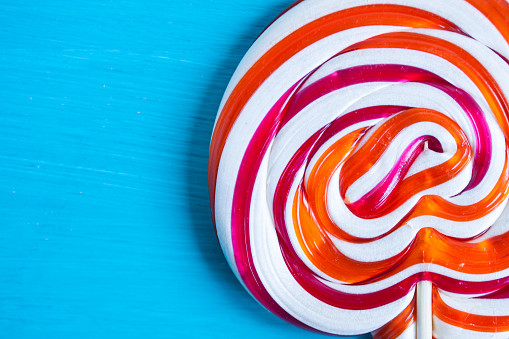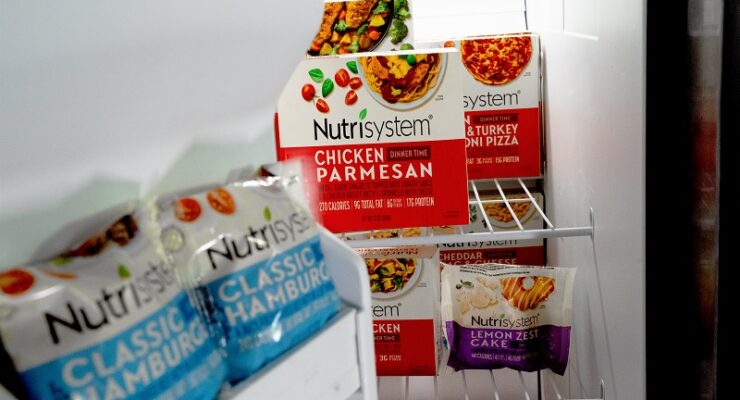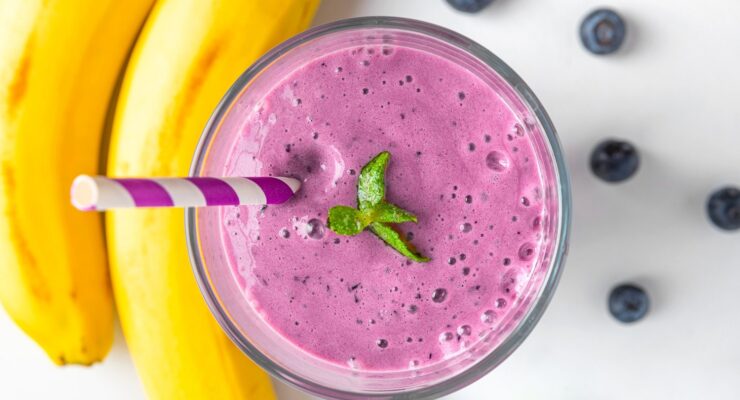Your Comprehensive Guide to Triglycerides
Article posted in: Diet & Nutrition
Triglyceride (pronounced “try-gliss-sir-ride”) is a long medical term for a specific kind of fat in our bodies. Your doctor may be concerned about your triglyceride levels because when they are too high, you are at an increased risk of suffering from heart disease, stroke and heart attacks. Triglycerides have a lot in common with cholesterol—another form of fat in your body—but they are different in important ways.
Check out everything you need to know about triglycerides and how they can affect your health:
What are triglycerides?

“Lipids” is the general term for the fats that are found in your body’s tissues and blood, according to information published in the U.S. National Library of Medicine. Your body needs fats to burn as energy, to continuously build new cells, to protect your vital organs and to help your body warm itself. That’s why your Nutrisystem plan includes healthy fats.
However, carbohydrates and fats in your diet are both rapidly transformed into triglycerides, which are stored in fat cells. If you eat more calories than you need, your body converts them into triglycerides. The triglycerides may be burned later, when you need energy between meals, but when you consistently eat too many calories, your body doesn’t burn them off and accumulates excess fat, often around your belly and hips.
Cholesterol also is a lipid (or fat), but it is used to build cells and to produce critical hormones. Triglycerides, on the other hand, are broken down by your body to burn for energy. Your liver manufactures all of the cholesterol you need, but triglycerides come from the food you eat.
What’s happens with high triglyceride levels?

Scientists haven’t found out exactly how hypertriglyceridemia, which is the medical way to say your levels are too high, is linked to heart disease, but they have determined that there is an association. People with high triglyceride levels are much more likely to have atherosclerosis, or hardening of the arteries, which increases their risk of stroke and heart attack. High triglyceride levels are also common among people who suffer from high blood pressure, type 2 diabetes and obesity. Very high levels can lead to problems with your liver or pancreas.
What is the right level for you?

A lipid panel (or lipid profile) is a simple blood test that measures both cholesterol and triglycerides. The American Heart Association recommends that everyone 21 and older gets a lipid panel at least every five years. (Be aware, you typically have to go without food or drink for about 12 hours before the test to get an accurate reading.)
Regardless of your gender, weight, age or medical condition, your doctor will be pleased if your triglyceride reading is less than 150 milligrams per deciliter (mg/dL). An elevated level, or borderline high, of 150 to 199 mg/dL will be of concern to your doctor. If you’re at 200 to 499 mg/dL, you need to take immediate steps to reduce the triglycerides in your system. Very high levels, above 500 mg/dL, are treated as an acute medical condition.
How can you reduce high levels?

While doctors can prescribe medications to bring down high triglycerides levels, your daily choices can bring elevated (borderline high) levels back into the healthy range. Good news: Signing up for a Nutrisystem weight loss plan is a big first step. Here’s why:
- Lose weight: According to the Mayo Clinic, dropping just 10 excess pounds helps to lower the level significantly.
- Cut back on calories: Excess calories you don’t burn right away are converted into triglycerides. Your Nutrisystem plan is designed to provide you with just the right amount of calories you need throughout your day to support weight loss which may help to reduce your triglyceride levels.
- Pick healthy fats: Your body needs fats for energy and to help you absorb nutrients from food, but saturated fats, common in red meats, and trans fats, used in baked goods and many processed foods, contribute to high triglyceride levels. The good news is all Nutrisystem foods contain zero grams of trans fat, and all Nutrisystem plans are designed to be low in saturated fats. Also, eat foods with monounsaturated fats, such as avocados and olives or canola oil. And go for fish that are high in heart-healthy omega-3 fatty acids, including salmon and albacore tuna.
- Steer clear of problem foods: Since refined sugar and other simple carbohydrates are the first foods your body converts into triglycerides, try to eliminate them from your diet or at least keep them to a minimum.
- Drink less alcohol: Beer, wine and liquor are high in sugar—and have virtually no other nutrients. Your body quickly converts that sugar to triglycerides. Follow Nutrisystem’s guidelines and have no more than two drinks per week, ideally not on the same day.
- Be active: Regular light exercise, such as walking, burns up calories, which limits the excess that turns into triglycerides. Record your activity in your Nutrisystem tracker to be sure you’re getting 30 minutes of exercise each day, which will help keep your triglycerides and your weight at a healthy level.
Make your health a priority. Get started on Nutrisystem today!










